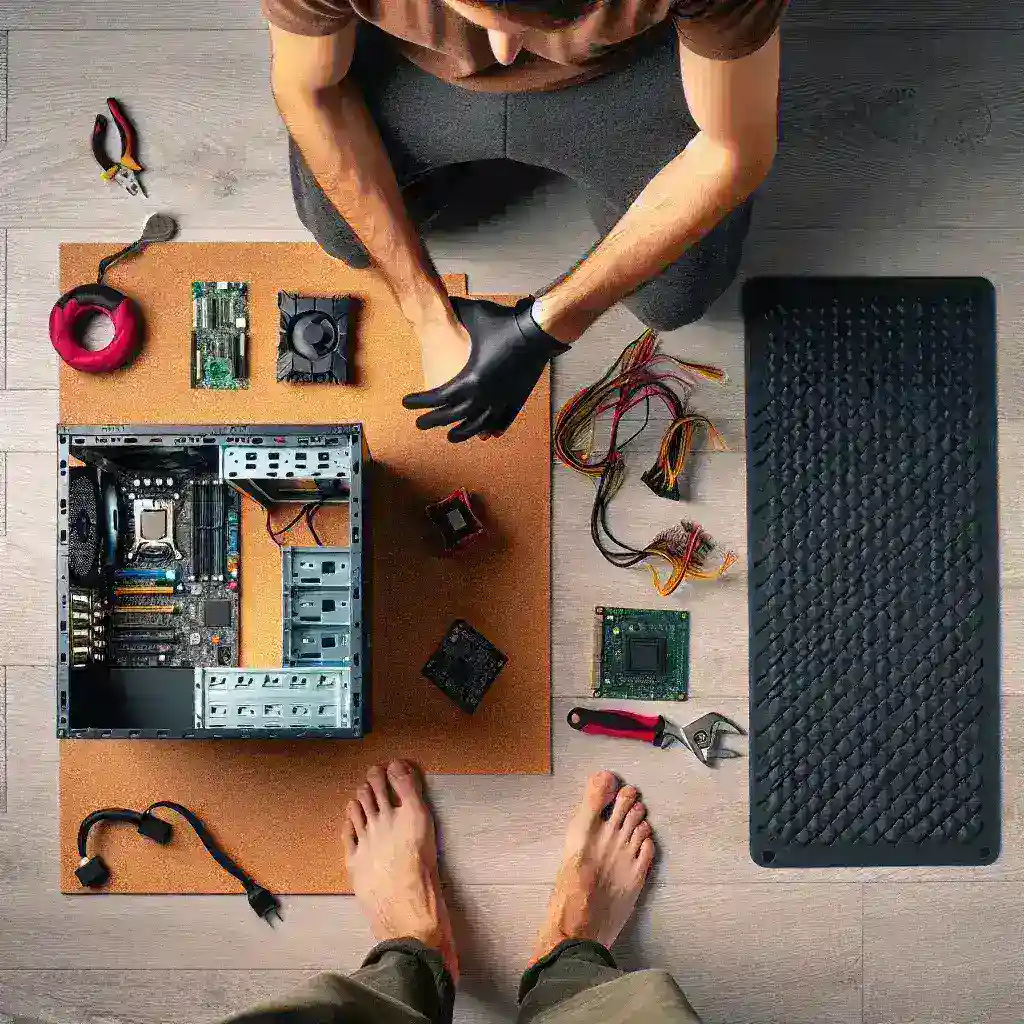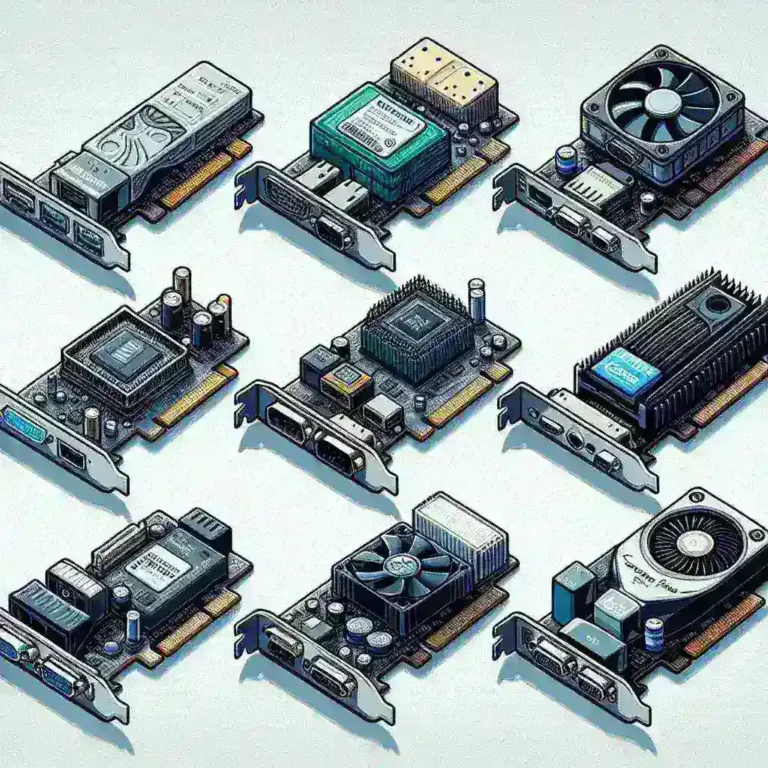
What are the best practices for grounding yourself while building a PC?
Building your own PC is an exciting and rewarding experience. However, it also comes with risks, particularly from electrostatic discharge (ESD). ESD can damage sensitive computer components, making it crucial to properly ground yourself during the build process. In this article, I'll cover the best practices for grounding yourself while building a PC to help you avoid any mishaps.
Why is Grounding Important?
When you work with electronic components, static electricity can build up on your body. If discharged suddenly, this static can damage or destroy sensitive components. Grounding yourself ensures that any built-up static electricity is safely dissipated, reducing the risk of damaging your hardware.
Best Practices for Grounding Yourself
To effectively ground yourself and minimize the risk of ESD, follow these best practices:
1. Use an Anti-Static Wrist Strap
An anti-static wrist strap is one of the simplest and most effective tools for grounding yourself. Here’s how to use it properly:
- Step 1: Wear the wrist strap around your wrist, making sure it has good skin contact.
- Step 2: Attach the alligator clip to a grounded metal object, such as your PC case or a grounded workstation.
2. Work on a Non-Conductive Surface
Ensure you work on a non-conductive, static-free surface, like a wooden table. Avoid working on carpets or other surfaces that can generate static electricity.
3. Touch a Grounded Metal Object
Before handling any computer component, touch a grounded metal object, such as your PC case, to discharge any static electricity from your body.
4. Ground the PC Case
Ground the PC case by ensuring it is plugged into a grounded power outlet through its power supply (PSU). Note that the PSU should be switched off but connected to power to provide grounding.
5. Avoid Synthetic Clothing
Wear natural fibers, like cotton, which generate less static electricity compared to synthetic fabrics. Avoid wearing wool, polyester, or other synthetic clothing.
6. Maintain a Controlled Environment
Maintain a humidity level between 40-60% in your workspace to reduce static buildup. You can use a humidifier if necessary.
7. Regularly Ground Yourself
Frequently touch a grounded metal object or use your anti-static wrist strap to keep yourself grounded throughout the build process.
8. Use Anti-Static Mats
Place anti-static mats under your components and workspace to minimize the risk of ESD.
9. Store Components Properly
Store components in anti-static bags when not in use to protect them from static damage.
Table: Summary of Grounding Practices
| Practice | Details |
|---|---|
| Anti-Static Wrist Strap | Wear it and clip to grounded metal |
| Non-Conductive Surface | Use wooden or static-free surfaces |
| Touch Grounded Metal Object | Discharge static before handling components |
| Ground the PC Case | Plug in PSU to grounded outlet, switch off |
| Avoid Synthetic Clothing | Wear cotton or natural fibers |
| Controlled Environment | Humidity level between 40-60% |
| Regularly Ground Yourself | Touch grounded metal or use wrist strap |
| Anti-Static Mats | Use under components and workspace |
| Store Components Properly | Use anti-static bags |
Conclusion
Grounding yourself is a critical part of building a PC and can save you from costly mistakes. Following these best practices will help ensure your components remain safe from static damage. Always remember, a few preventative measures can go a long way in safeguarding your investment.




Leave a Comment